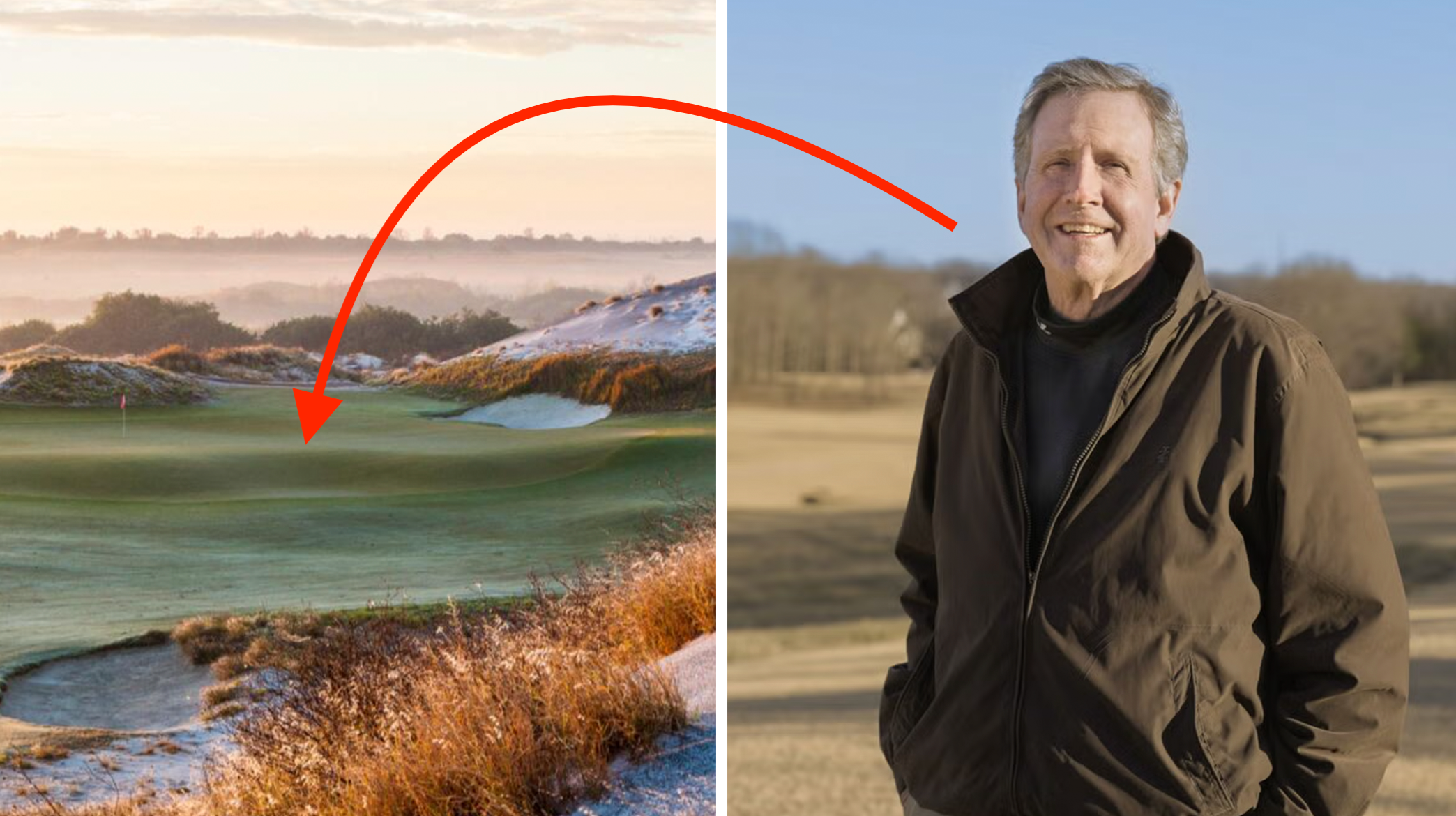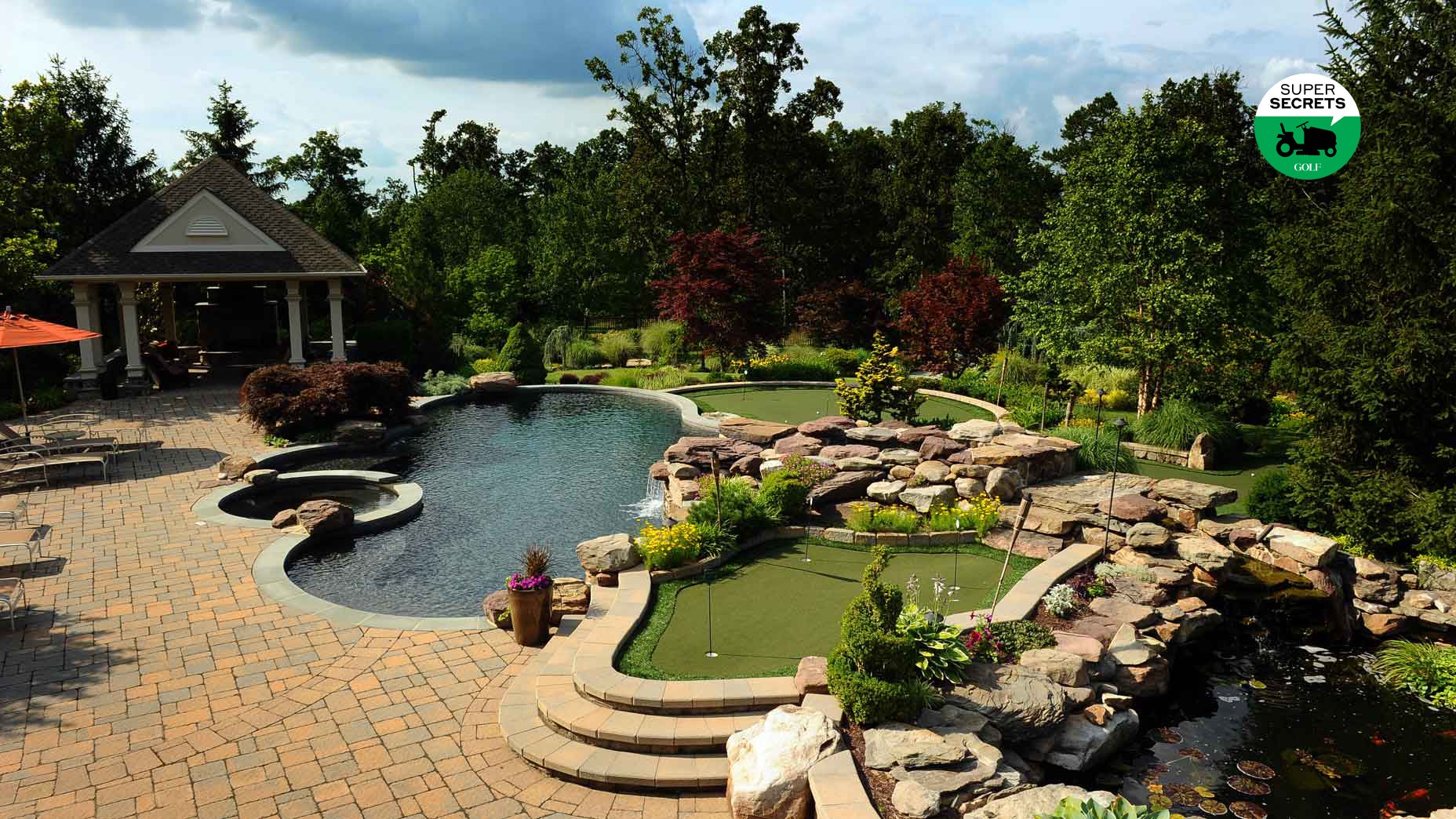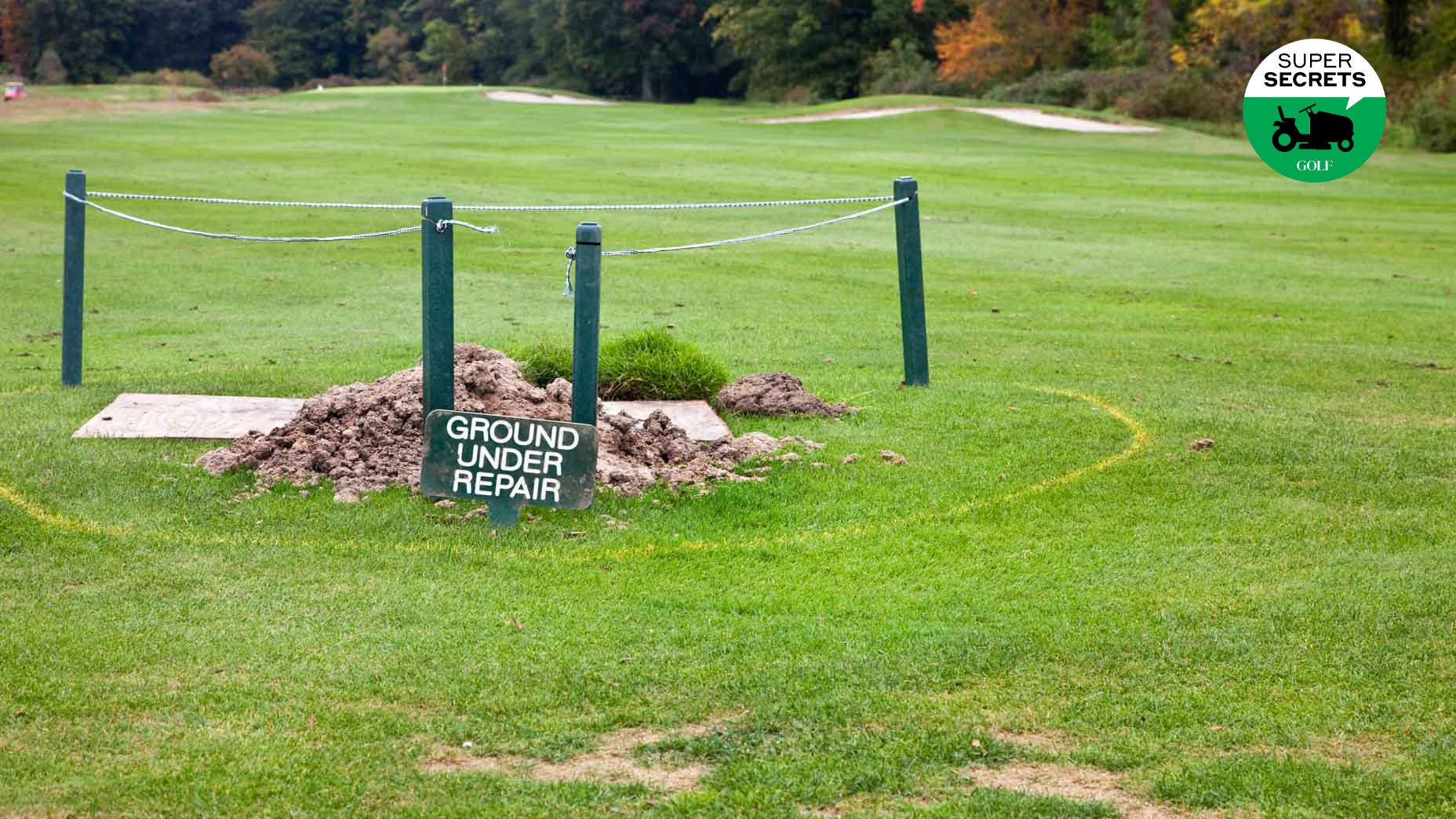The seating around the 16th hole at the WM Phoenix Open didn’t always resemble a gladiatorial arena.
But over the years, as the tournament has grown, the grandstands have, too, which makes it tough for turf on the 16th to do the same. The towering infrastructure, after all, casts shade and stifles airflow, both of which spell trouble for grass.
What’s a superintendent to do?
Brandon Reese is the director of golf course operations for TPC Scottsdale, host of this week’s spectacle. We asked about the challenges — and solutions — of whipping the 16th into tournament shape. For more about the tricky agronomics on the famously raucous par-3, check out the video above.
1. Mirrors for warmth
Winter in the desert brings cool, crisp nights, and frosty mornings. When frosted-over turf is cast in shade, it doesn’t get a chance to thaw. In past years, Reese says, frost has lingered on the 16th for days on end. The remedy? Reese and has team set up an array of mirrors to bounce sunlight onto the grass. “Pretty much the only thing we haven’t tried is grow lights,” Reese says.
This Arizona club has an ‘exclusive’ membership — and sand greensBy: Josh Sens
2. Box fans for air flow
Grass is no different than other living things. It needs air and water to survive. Watering the 16th is not a problem. But as the grandstands rise around the 16th hole, air circulation slows and moisture lingers. Damp turf doesn’t do well for long stretches. On top of making it tough for the plant to breed, excess moisture creates a welcoming environment for fungus and other problems. The solution? Reese and his team install dozens of box fans and turbine blowers under the grandstands, which keep vital air flow moving across the 16th.
3. The right grasses
Different types of turf have different strengths and weaknesses. Some do better in shade than others. Or stand up especially well to dampness or drought. The 16th tee, which takes a beating during the tournament, is a medley meant to represent the best of all worlds. The primary turf is Bermuda, a hardy warm-season grass that goes dormant in the winter. For appearance and playability, that Bermuda gets an autumn overseed of cool-season perennial rye, which provides a verdant cover throughout the colder months. The turf also has a sprinkling of poa annua, which does well in shady, damp environments.










